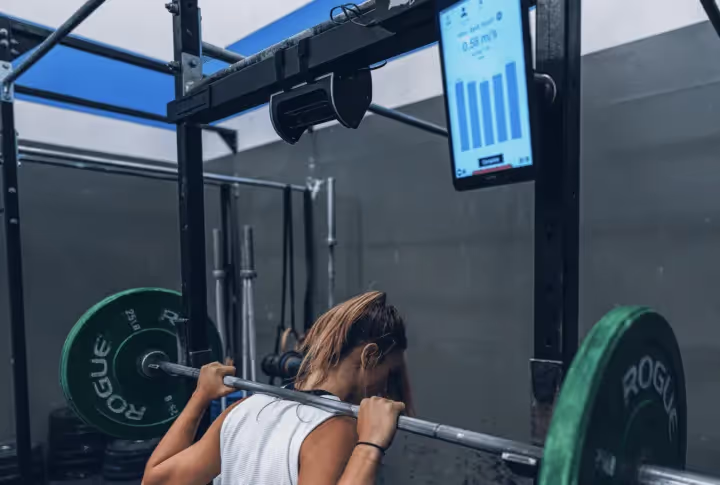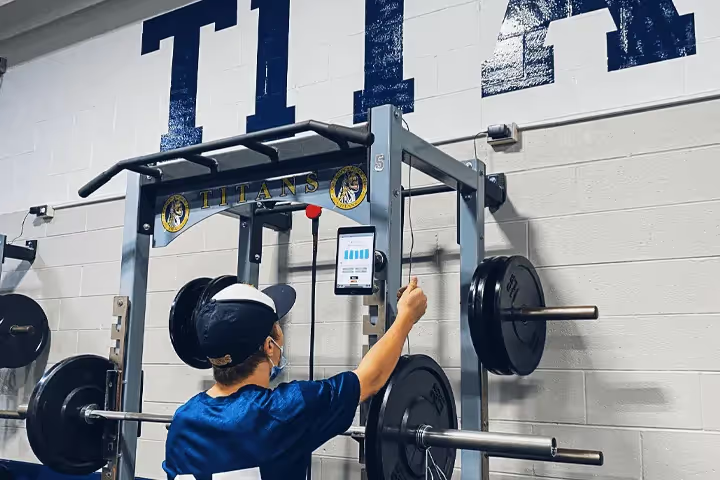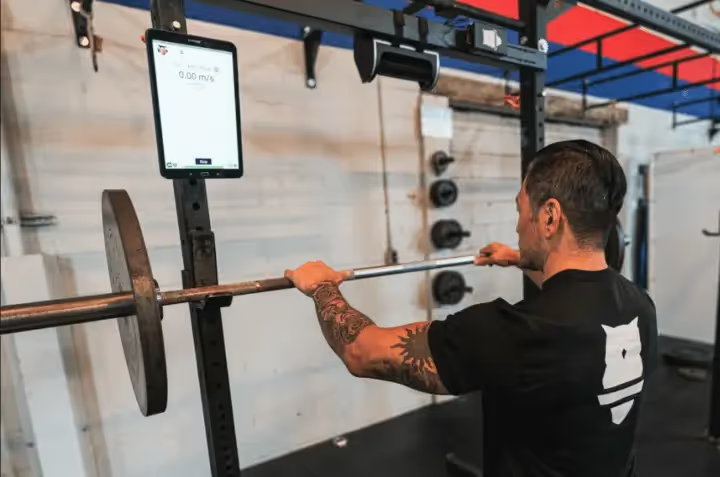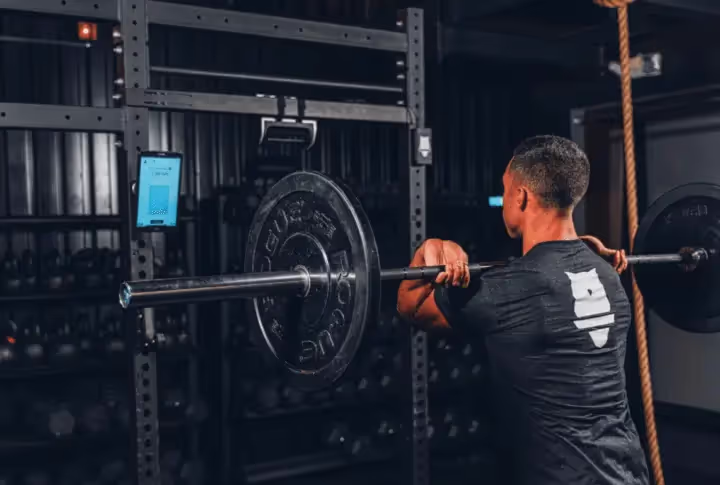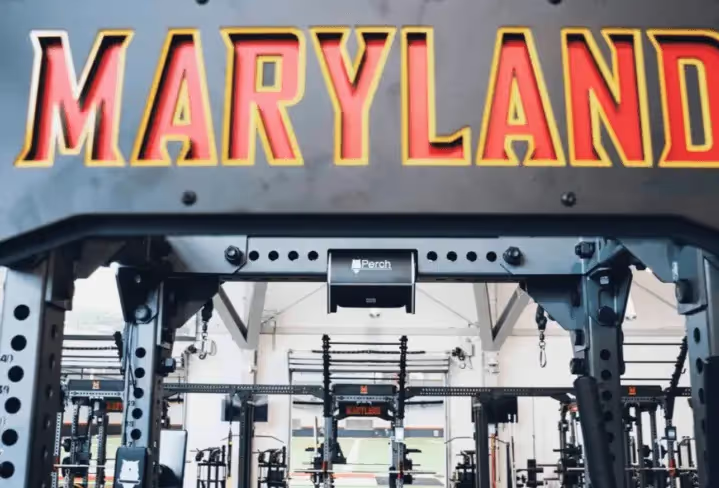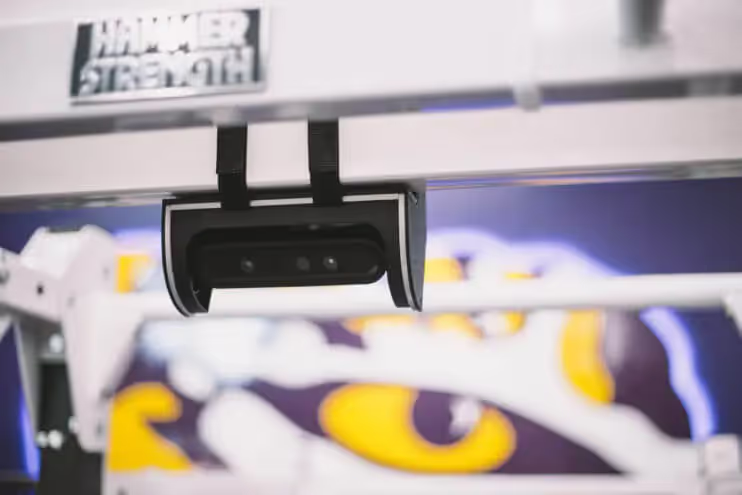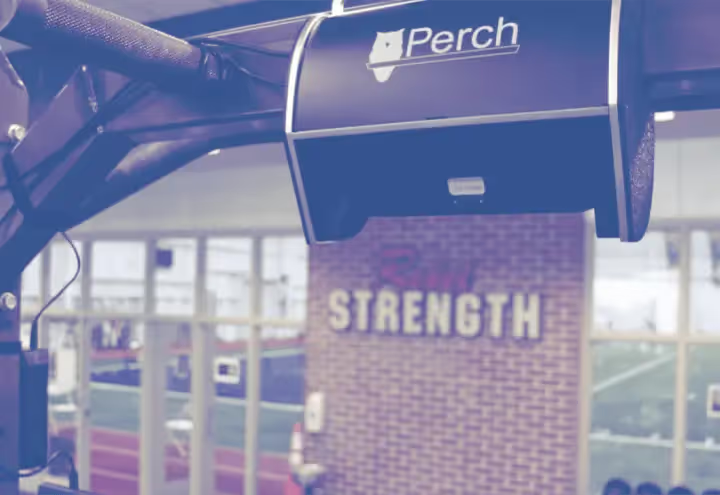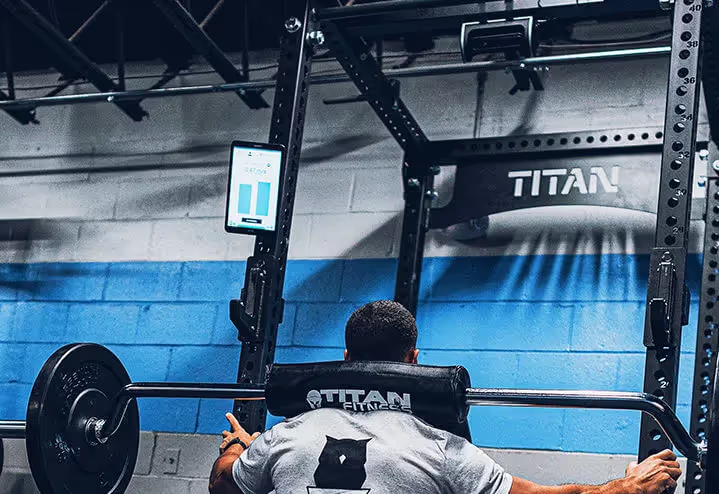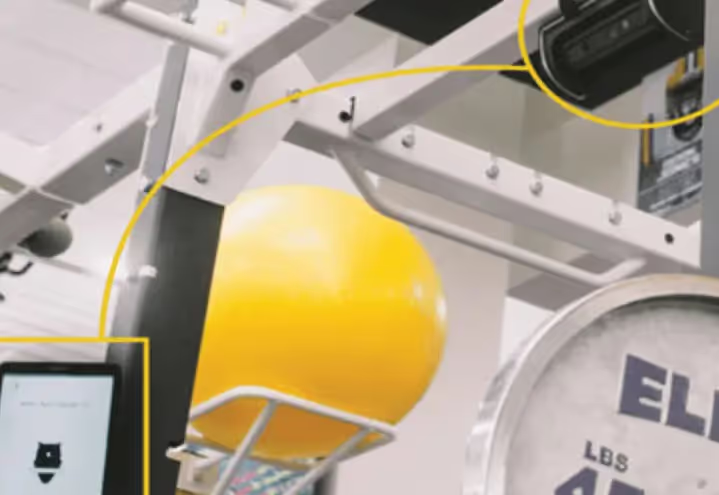VBT for General Population

For the last chapter in our five part series about Velocity Based Training for specific populations we will be covering VBT for General Population. General population is a relatively vague term, so to start, we’ll cover that. In the fitness/strength world, the term “general population” refers to non-athlete clients [1]. The average joe, if you will. While this population of gym-goers may not be training for a specific event, they are still humans encountering daily stress and looking to optimize their longevity and overall health and wellness. Enter: Data Points.
Despite the lack of traditional periodization needs for competitive peaking, it is still important for us to understand readiness, fatigue, and performance where it matters most for general population clients: daily life.
SOME CONTEXT
Think of it this way: an average American sees their primary care physician (PCP) maybe once a year for an hour. A coach or personal trainer will be the closest thing to a healthcare practitioner a gen pop client will see outside of their annual physical. And they will be seen and evaluated multiple times a week at that. As a quick caveat: by no means are we suggesting that a coach or personal trainer has the education or training to replace these formal doctor visits. Rather, they are a health and wellness professional that has routine access to clients to help build healthy habits and assess overall wellness at regular intervals [1, 10-12].
Moreover, as technology works its way into the gym setting more and more, coaches, personal trainers and doctors will have more data on general population fitness and wellness. The intersection of gym and healthcare becomes more overlaid as technology is incorporated into fitness settings. Regular incorporation of heart rate tracking has benefitted multiple individuals already. Data points can only continue to help coaches, trainers, and doctors monitor clients and keep a finger on the figurative pulse of general population health and wellness.
On top of all of this, there are still a good amount of recreational weekend warriors, road runners, spartan racers, triathletes etc who are trying to work full time jobs, be present and active with their family, train, and peak for their various competitions. Having objective measures that will inform the intensity and volume of their training to ultimately enhance their lives outside of their training session is imperative. In this way, we keep individuals healthy and happy and returning to the gym. So how can VBT for general population really help?

BENEFITS OF VBT FOR GENERAL POPULATION
For clients looking to stay moderately fit, increase their quality of life and longevity, continue to show up for their family and friends for years to come, you may not initially think of implementing VBT. Indeed, an individual definitely should have some prerequisite knowledge of strength training prior to incorporating a velocity or power data point. This is true of any population.
But research has been indicating that the loss of Type II, or “fast twitch” fibers leads to rapid atrophy and muscular decline in aging populations [1, 10-13]. The only way to retain this is to increase power outputs [1, 10-13]. And unless we have a baseline understanding of an individual’s power capabilities or even their Force/Velocity Profile, it is hard to objectively say whether or not we are improving. By using VBT, we can build and continually assess F/V Profiles for our gen pop clients and paint a picture of their progress using that data.
RECOMMENDATIONS FOR IMPLEMENTING VBT FOR GENERAL POPULATION
THE “HOW” IS OFTEN IN QUESTION. HERE’S WHAT WE WOULD RECOMMEND:
- Using Velocity Based Training, build a force velocity profile for your gen pop clients
- Re-assess this profile at regular intervals (monthly or at the start of a new training cycle)
- Use VBT as a daily readiness assessment: If they are within 10% of their baseline, train as usual. If they drop below, cut volume or intensity. If they are above, add volume or intensity.
- Train regularly with velocity to maximize intent and output, give your clients a target and watch them shine!
TRAINING AGING POPULATIONS
While general population can refer to any age group, the quickest growing client base for gyms across the country is 70+ year olds [14]. With this in mind, it is important to consider how best to train aging populations for health and longevity. According to the research, maintaining type II or fast twitch fiber type is the best way to ensure fewer injuries, fewer falls, and retained independence into later years [10-14]. This is where VBT can fit into the programming for general and aging populations. Providing regular assessments, data points, and an understanding of effort and intent just may help improve quality of life in later years.

OTHER RELEVANT POSTS!
Curious about the Coach's perspective on VBT? Check out our Coach's Corner series!
Check out our Return To Play from Covid-19 series!
FOLLOW US!
Keep checking back for more velocity based training content, tips, tricks, and tools. And don’t forget to follow us on Twitter , Instagram and Linkedin and like us on Facebook .
Read more about Perch here! And check out Product Videos here. And our support website here.
Back to basics? Review the origins of VBT and Strength Training!
SOURCES
- Baechle, T., Earle, R., & National Strength & Conditioning Association (U.S.). (2008). Essentials of strength training and conditioning (3rd ed.). Champaign, IL: Human Kinetics.
- Bourdon, P. C., Cardinale, M., Murray, A., Gastin, P., Kellmann, M., Varley, M. C., … Cable, N. T. (2017). Monitoring Athlete Training Loads : Consensus Statement Monitoring Athlete Training Loads : Consensus Statement. International Journal of Sports Physiology and Performance, 12(May), 161–170.
- Gonzalez-Badillo, J.; Sanchez-Medina, L. Movement velocity as a measure of loading intensity in resistance training. Int. J. Sports Med. 2010, 31, 347–352.
- Jidovtseff, B.; Harris, N.; Crielaard, J.; Cronin, J. Using the load-velocity relationship for 1rm prediction. J. Strength Cond. Res. 2011, 25, 267–270.
- Jiménez-Reyes, P., Samozino, P., Brughelli, M., & Morin, J. B. (2017). Effectiveness of an individualized training based on force-velocity profiling during jumping. Frontiers in Physiology.
- Jovanovich, M.; Flanagan, E. Research application of velocity based strength training. J. Aust. Strength Cond. 2014, 22, 58–69.
- Mann, B., Kazadi, K., Pirrung, E., & Jensen, J. (2016). Developing explosive athletes: Use of velocity based training in athletes. Muskegon Heights, MI: Ultimate Athlete Concepts.
- Mann, J. B., Thyfault, J. P., Ivey, P. A., & Sayers, S. P. (2010). The effect of autoregulatory progressive resistance exercise vs. linear periodization on strength improvement in college athletes. Journal of Strength and Conditioning Research.
- Potgieter, S. (2013). Sport nutrition: A review of the latest guidelines for exercise and sport nutrition from the American College of Sport Nutrition, the International Olympic Committee and the International Society for Sports Nutrition. South African Journal of Clinical Nutrition.
- Fielding, R. A., LeBrasseur, N. K., Cuoco, A., Bean, J., Mizer, K., & Fiatarone Singh, M. A. (2002). High-velocity resistance training increases skeletal muscle peak power in older women. Journal of the American Geriatrics Society, 50(4), 655–662.
- Sayers, S. P., Gibson, K., & Bryan Mann, J. (2016). Improvement in functional performance with high-speed power training in older adults is optimized in those with the highest training velocity. European Journal of Applied Physiology, 116(11–12), 2327–2336.
- Guggenheimer, J. D., Olsen, S., & Kurvers, D. (2016). Resistance training for older adults. 2016.
- Blazevich, A. J. (2006). Effects of physical training and detraining, immobilisation, growth and aging on human fascicle geometry. Sports Medicine.
- Oldfield, A. B., & Oldfield, B. (2018, January 18). The 70 Age Group Is a Fast-Growing Client Base for Personal Trainers. Here’s What You Need to Know to Work Successfully with Them. Retrieved from https://www.theptdc.com/70-age-group-work-successfully-with

Start Gathering Data With Perch Today!
Reach out to us to speak with a representative and get started using Perch in your facility.

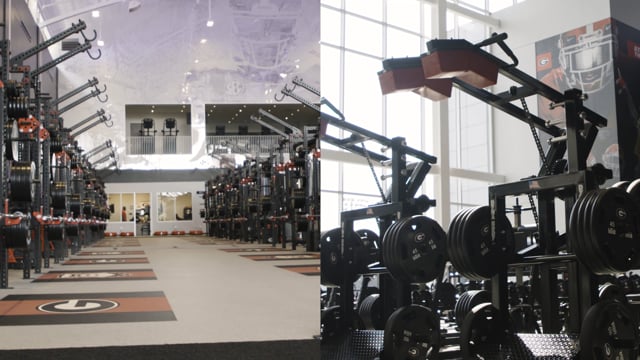
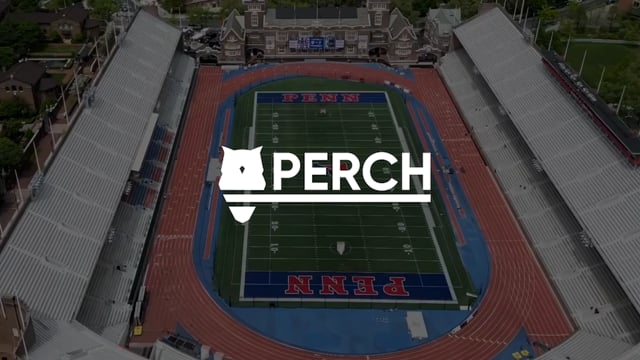


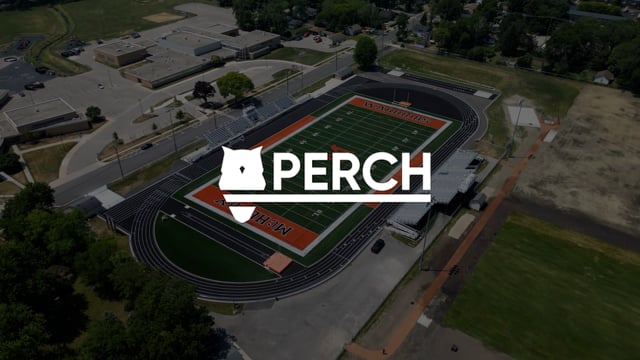
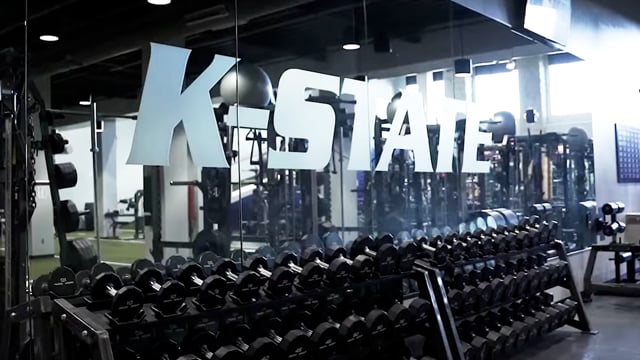

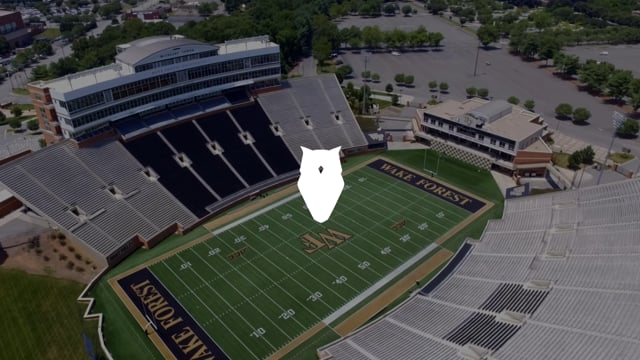

























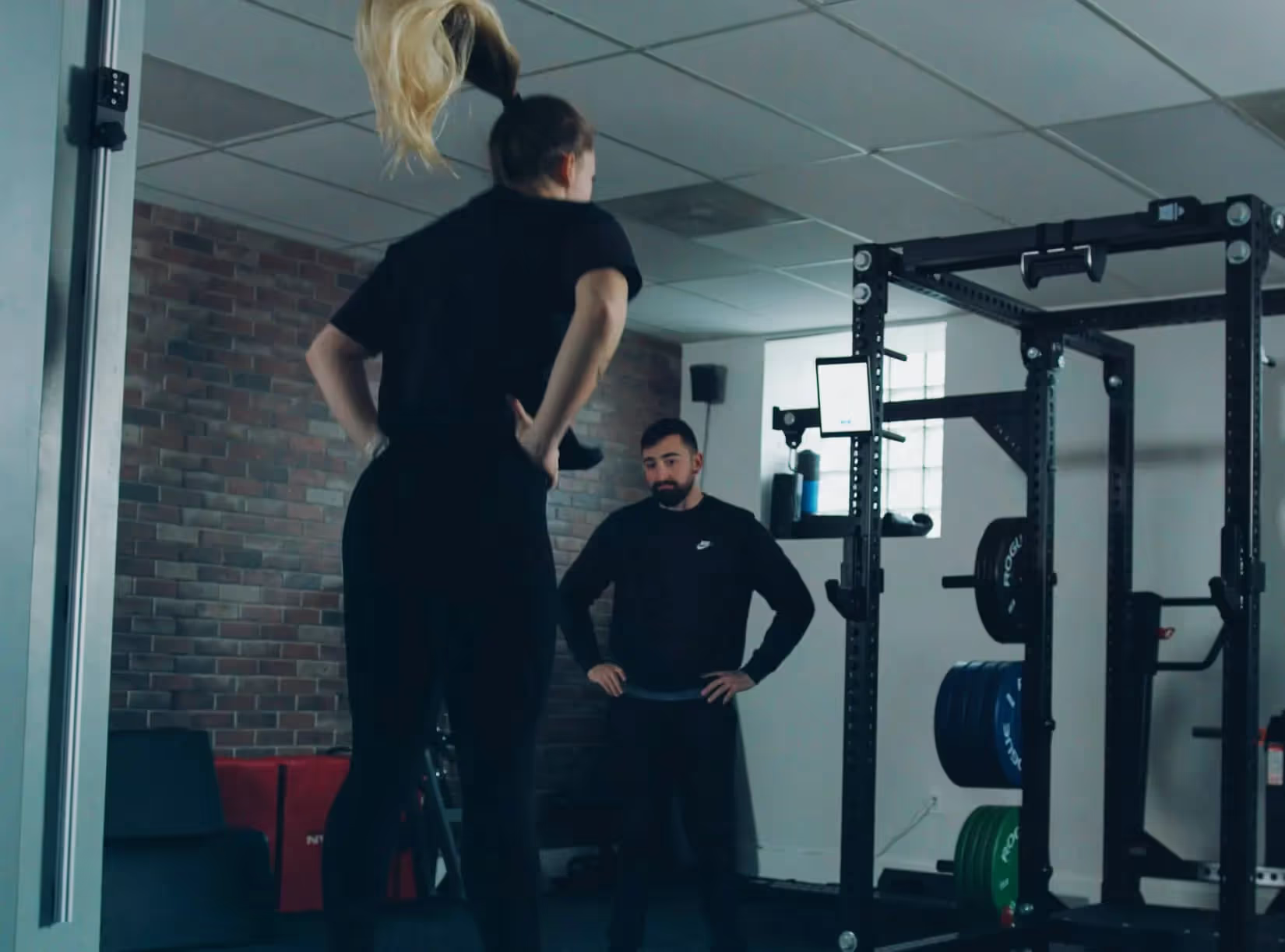






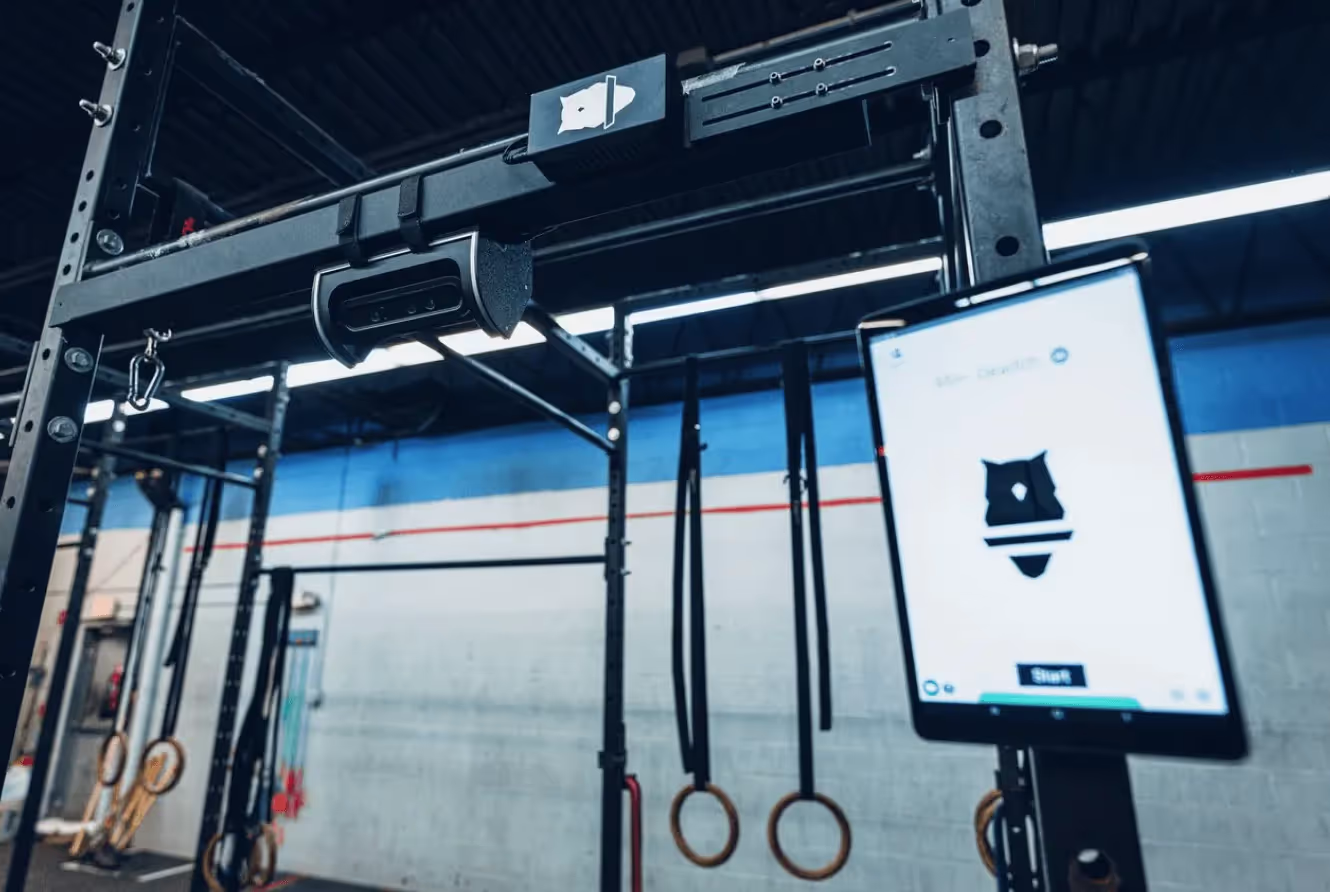
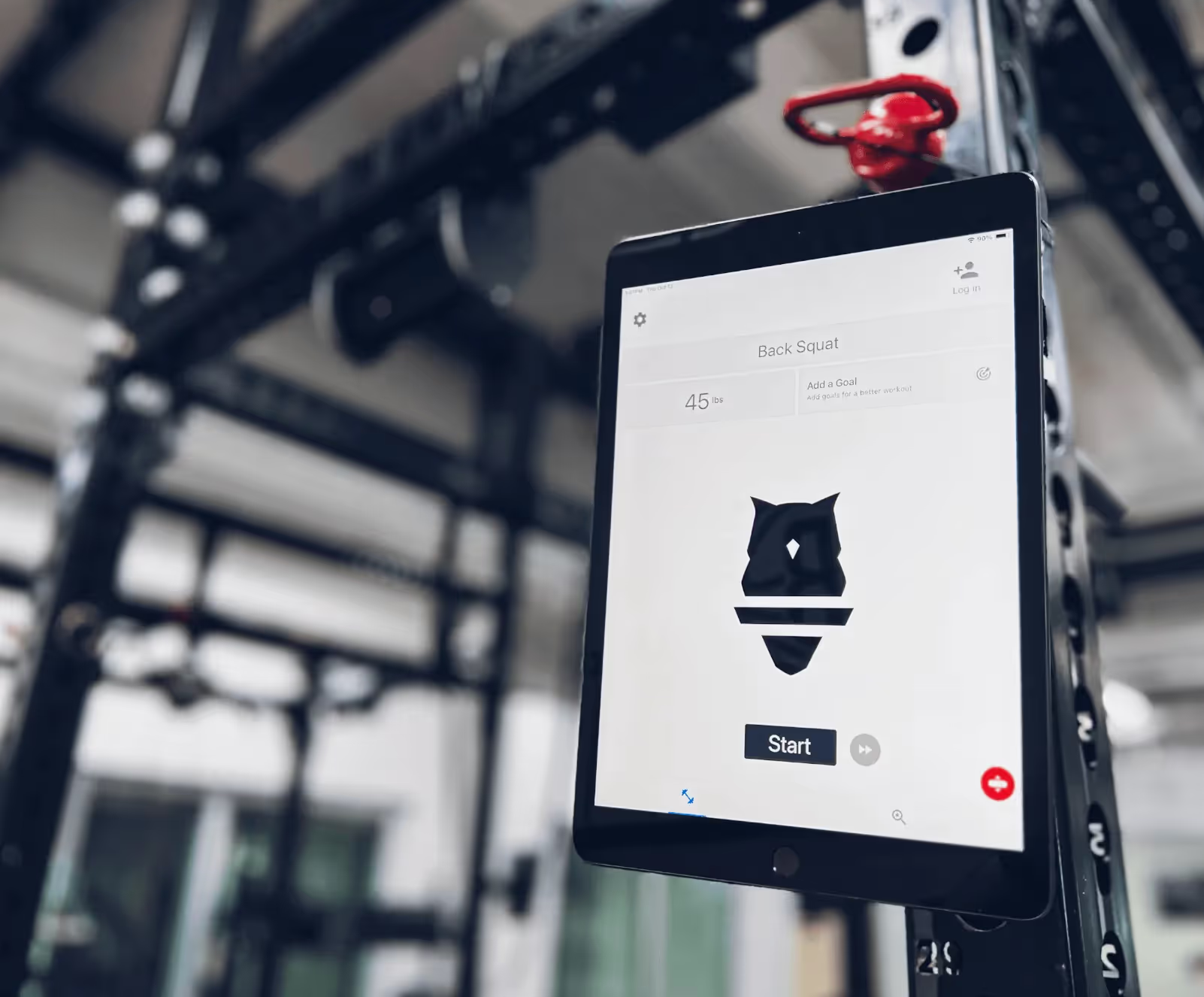



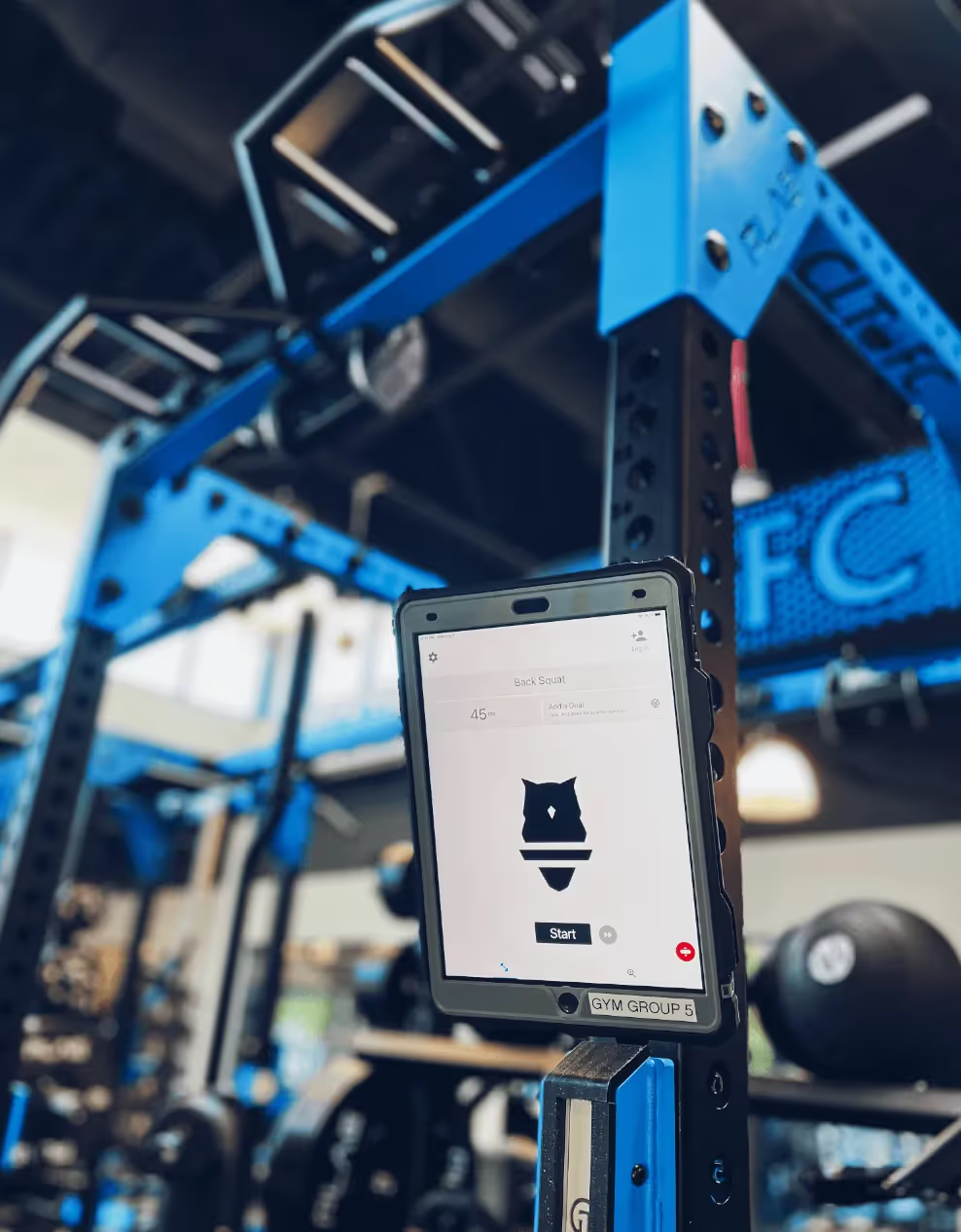
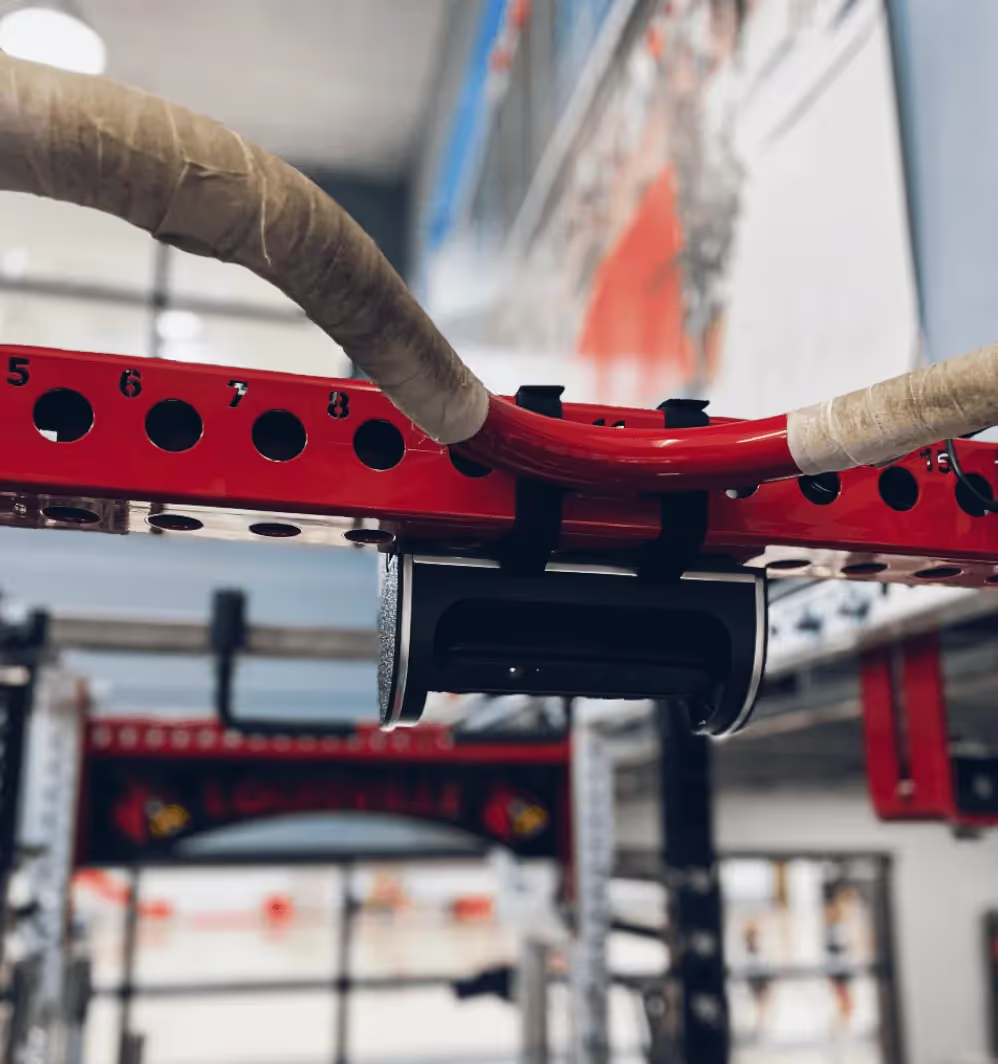


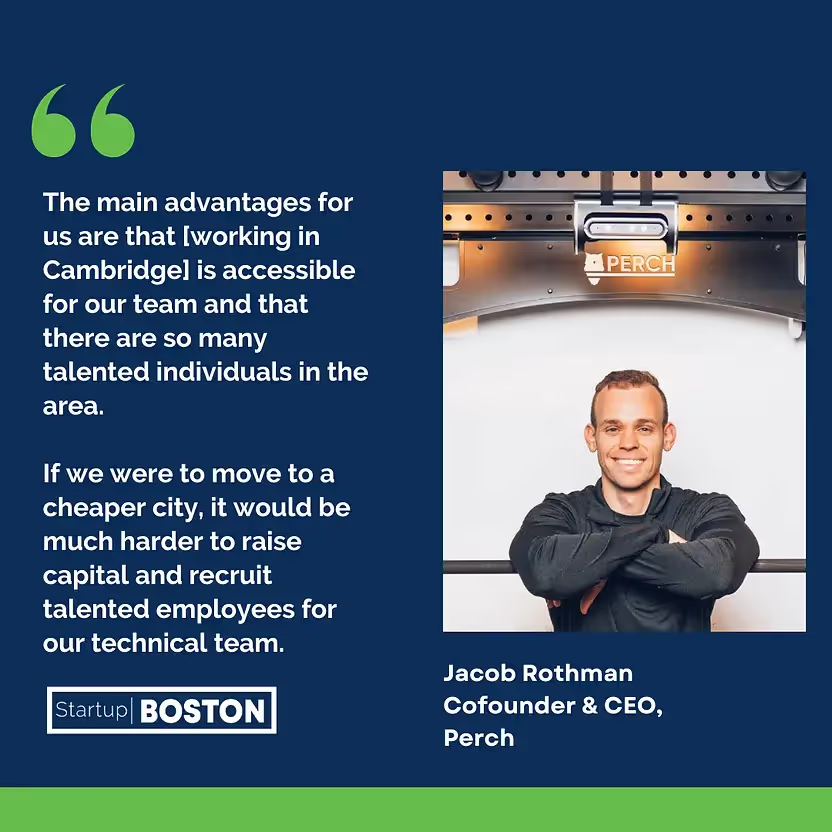



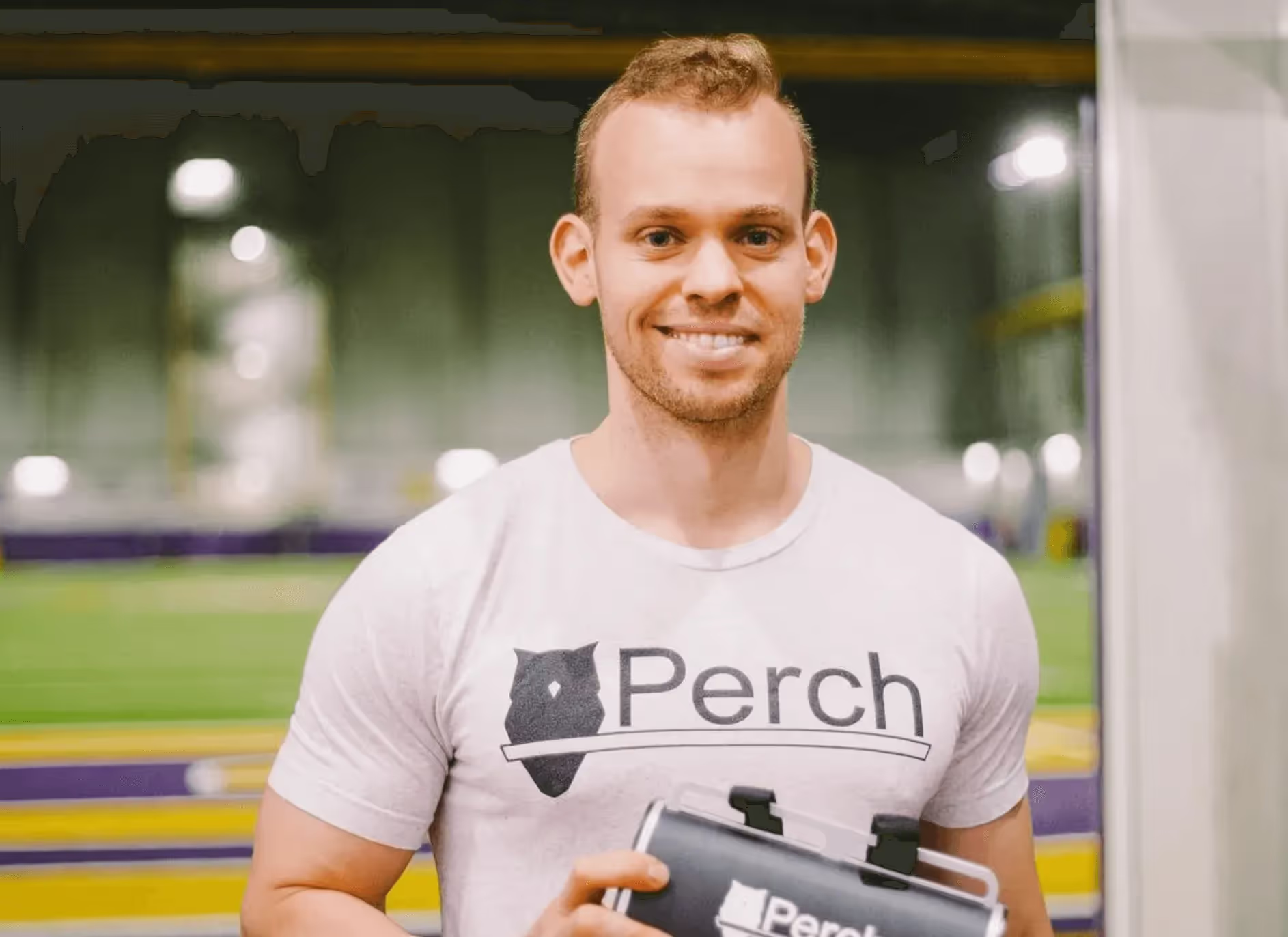


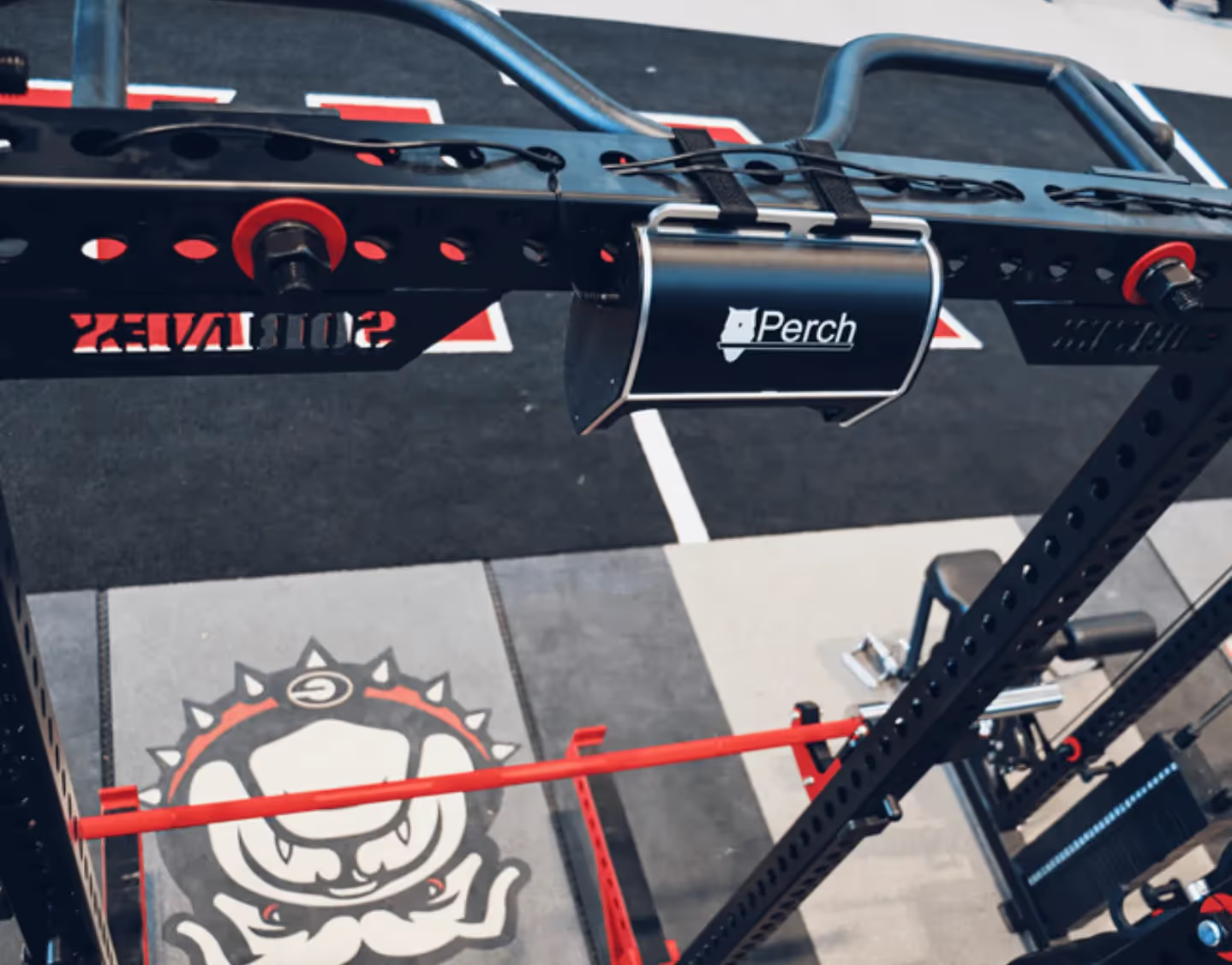


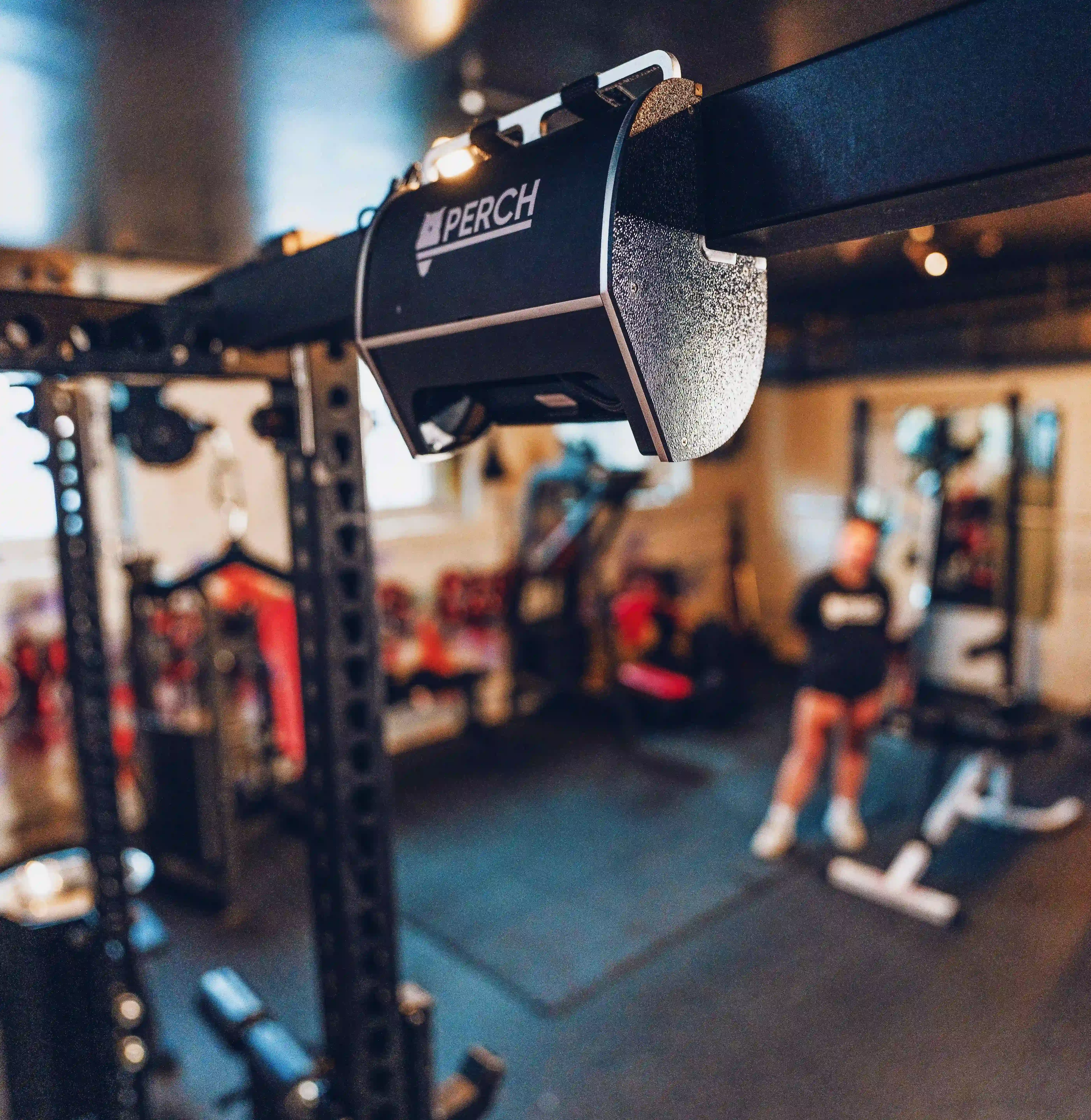


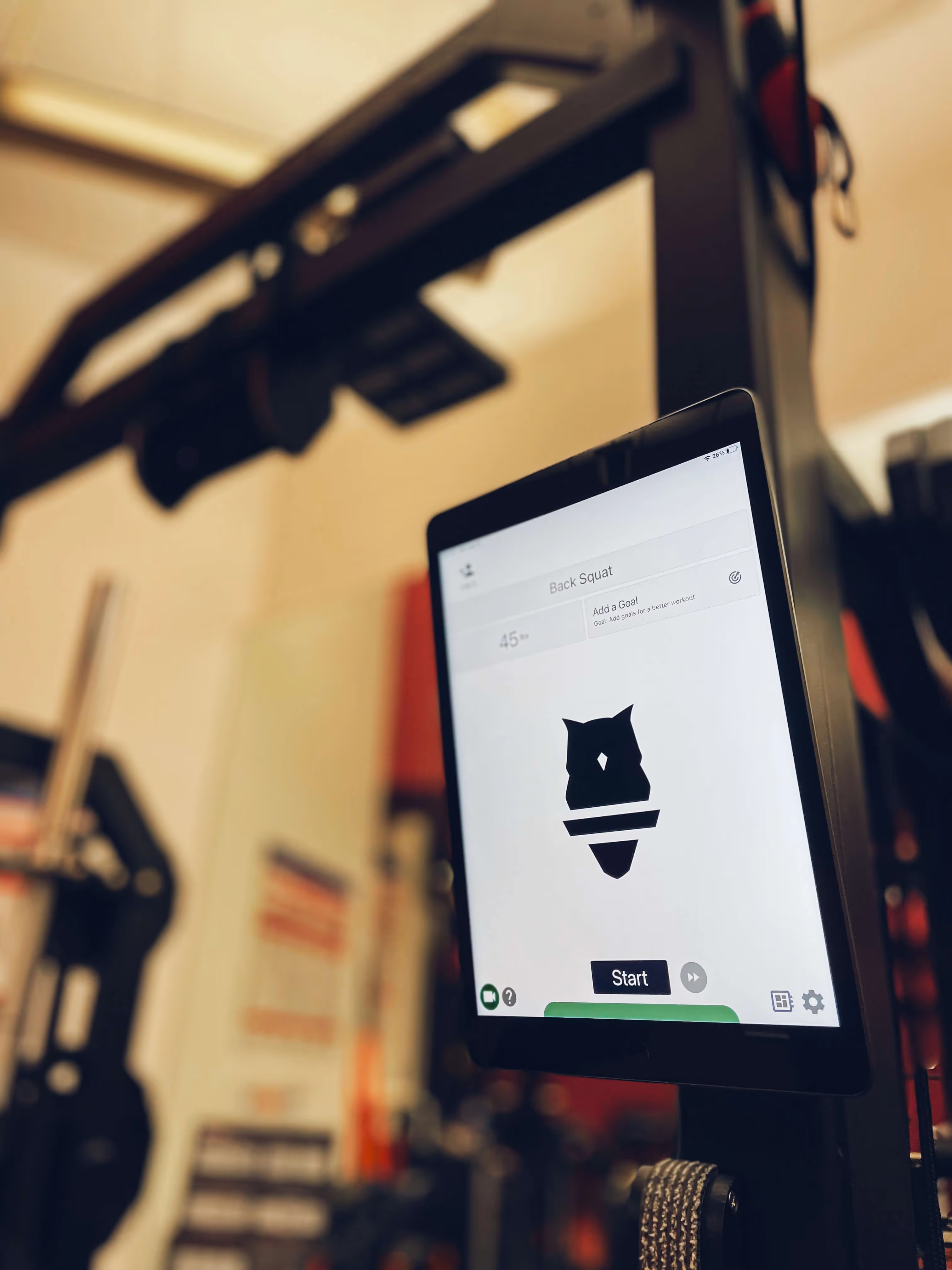

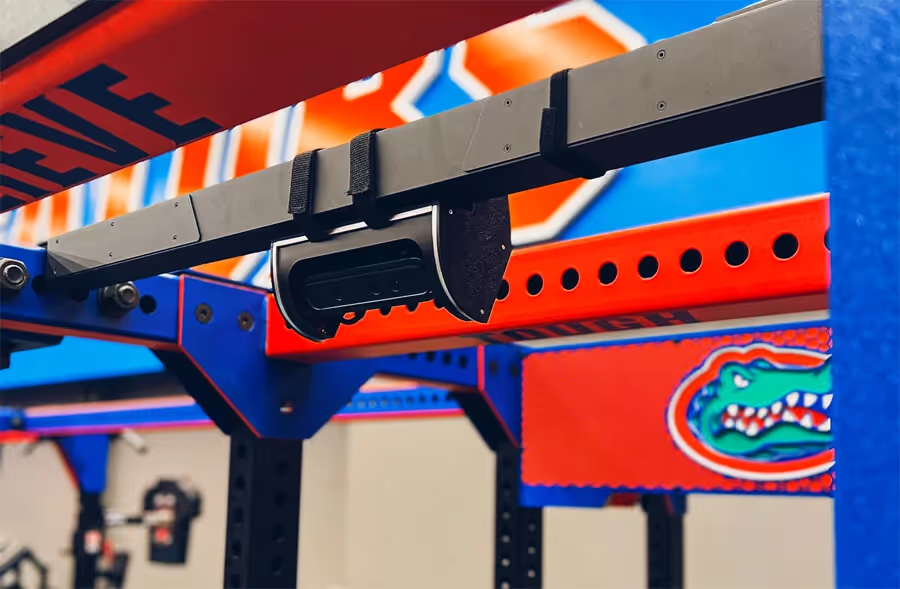
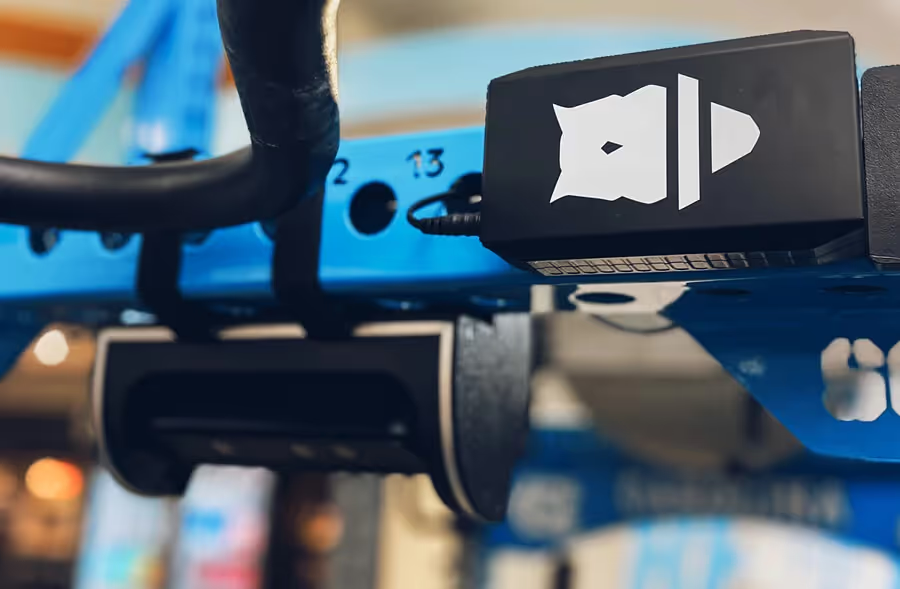
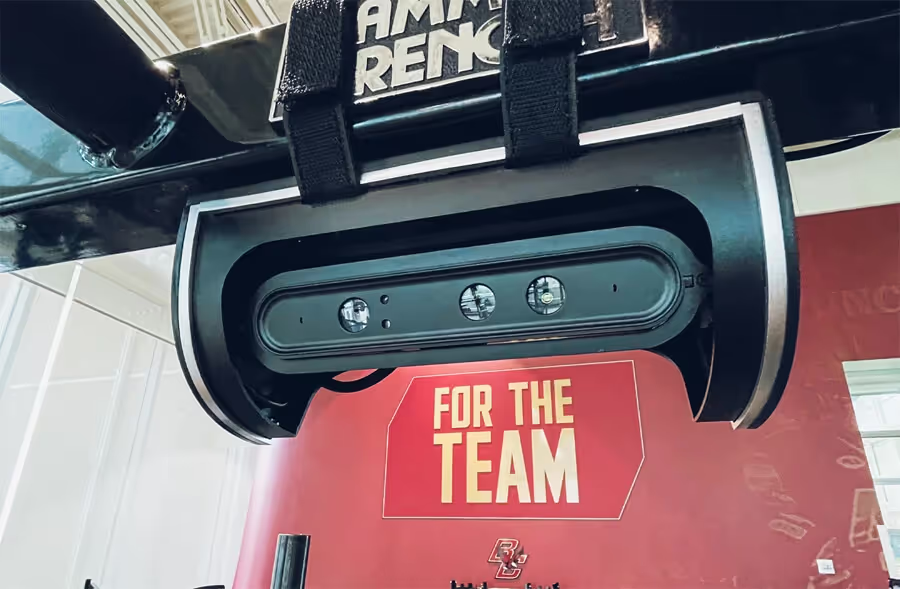
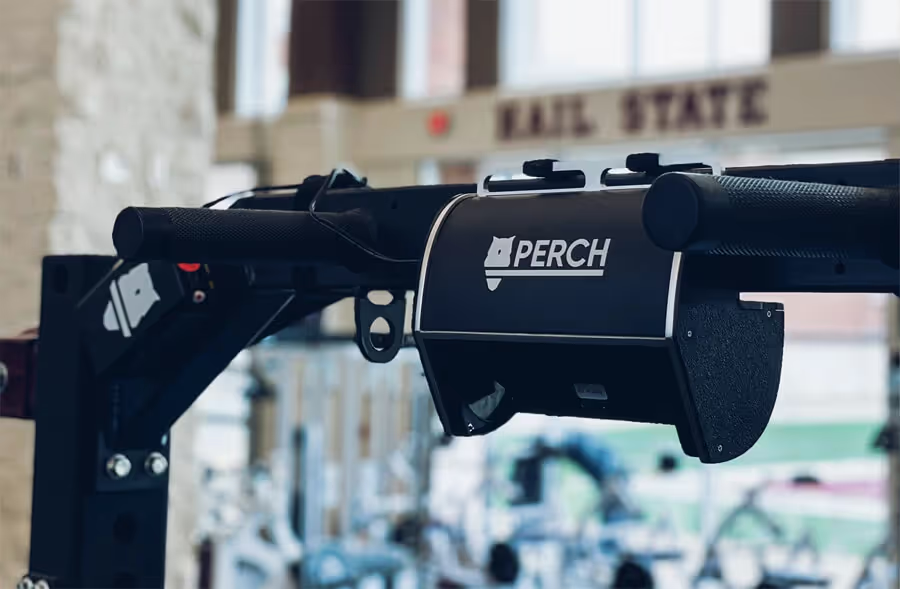
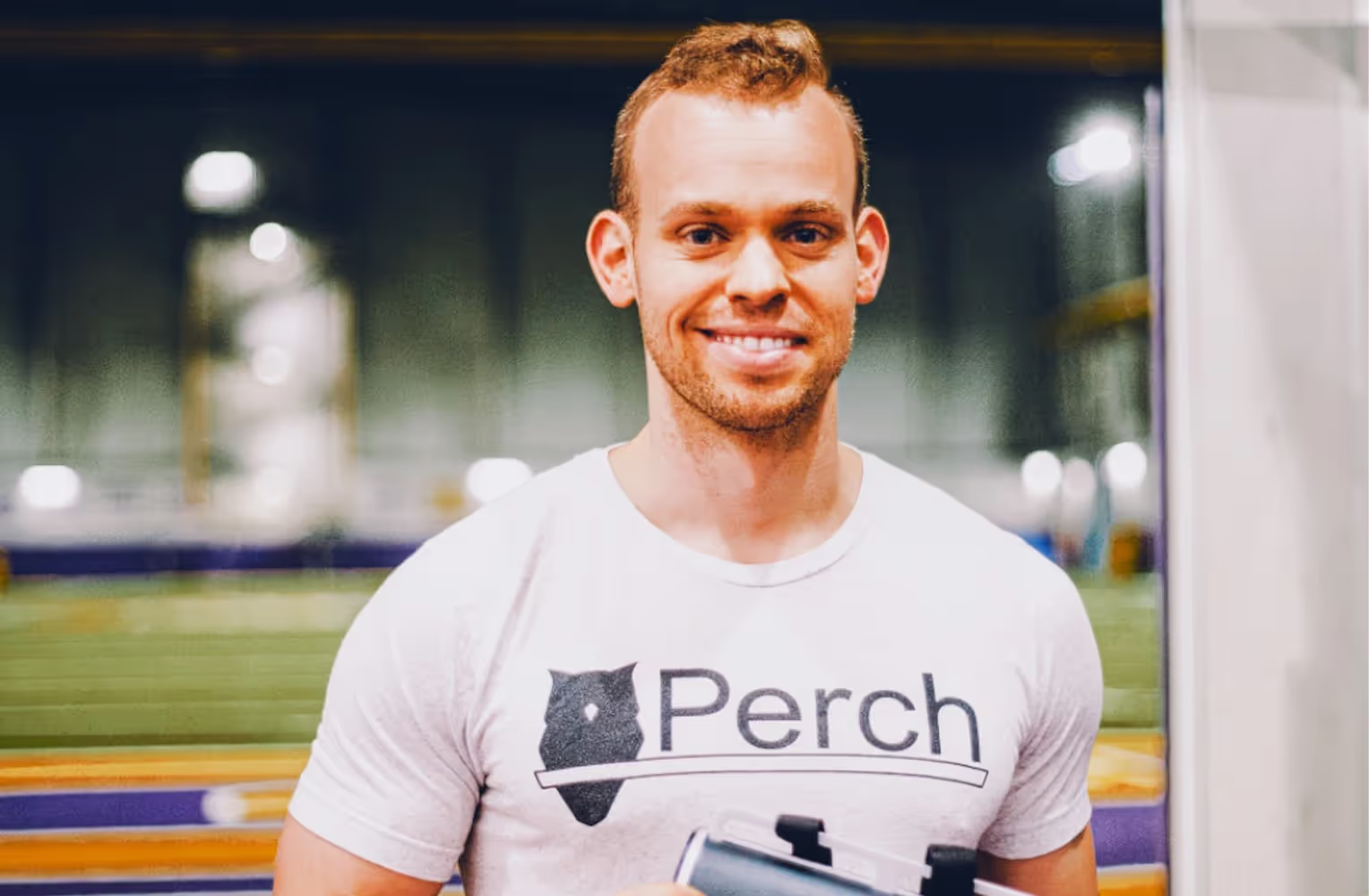


.avif)

